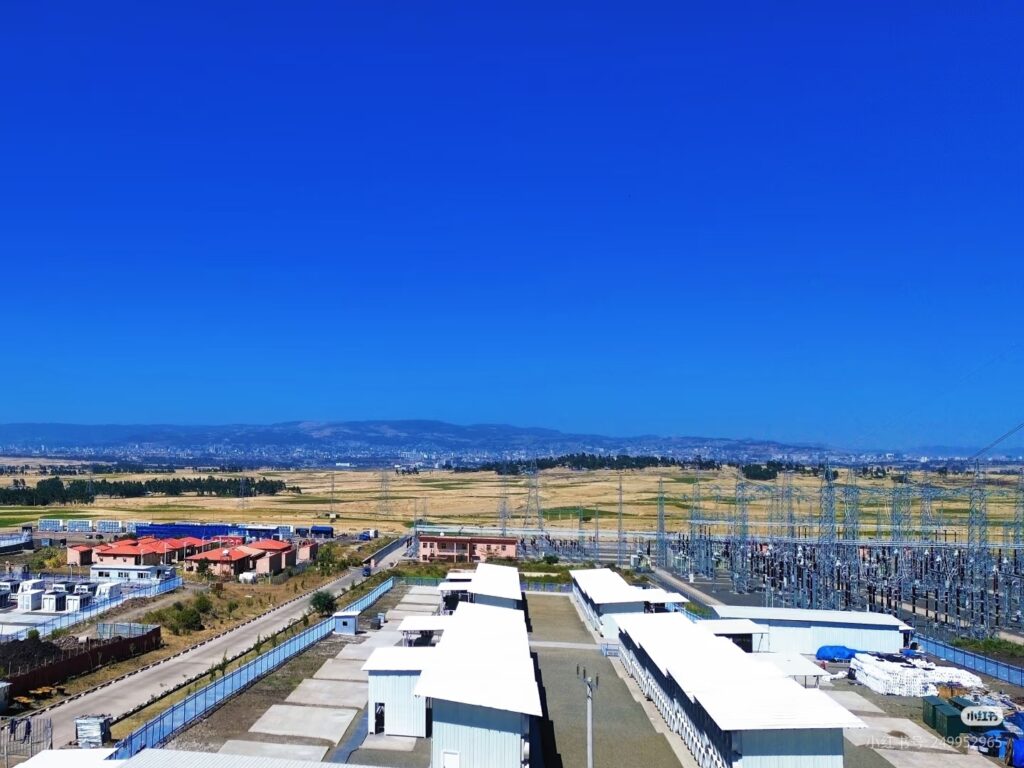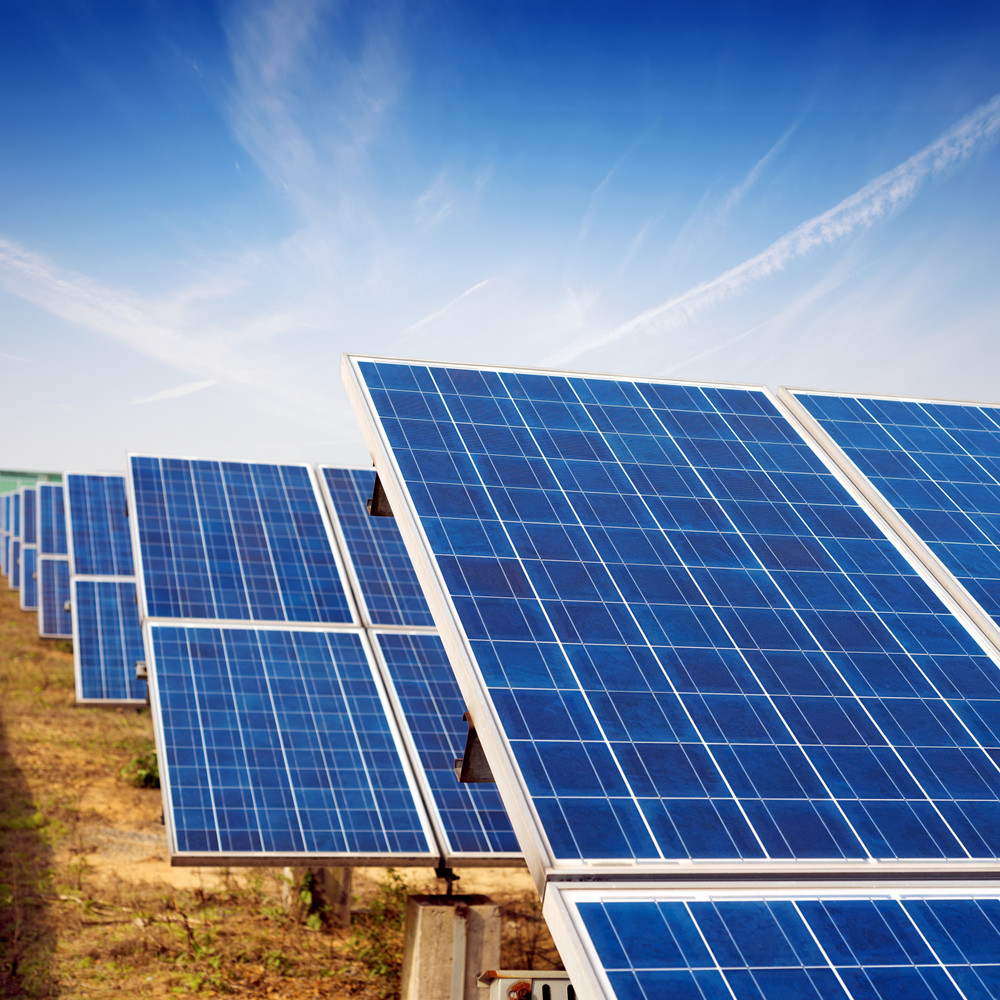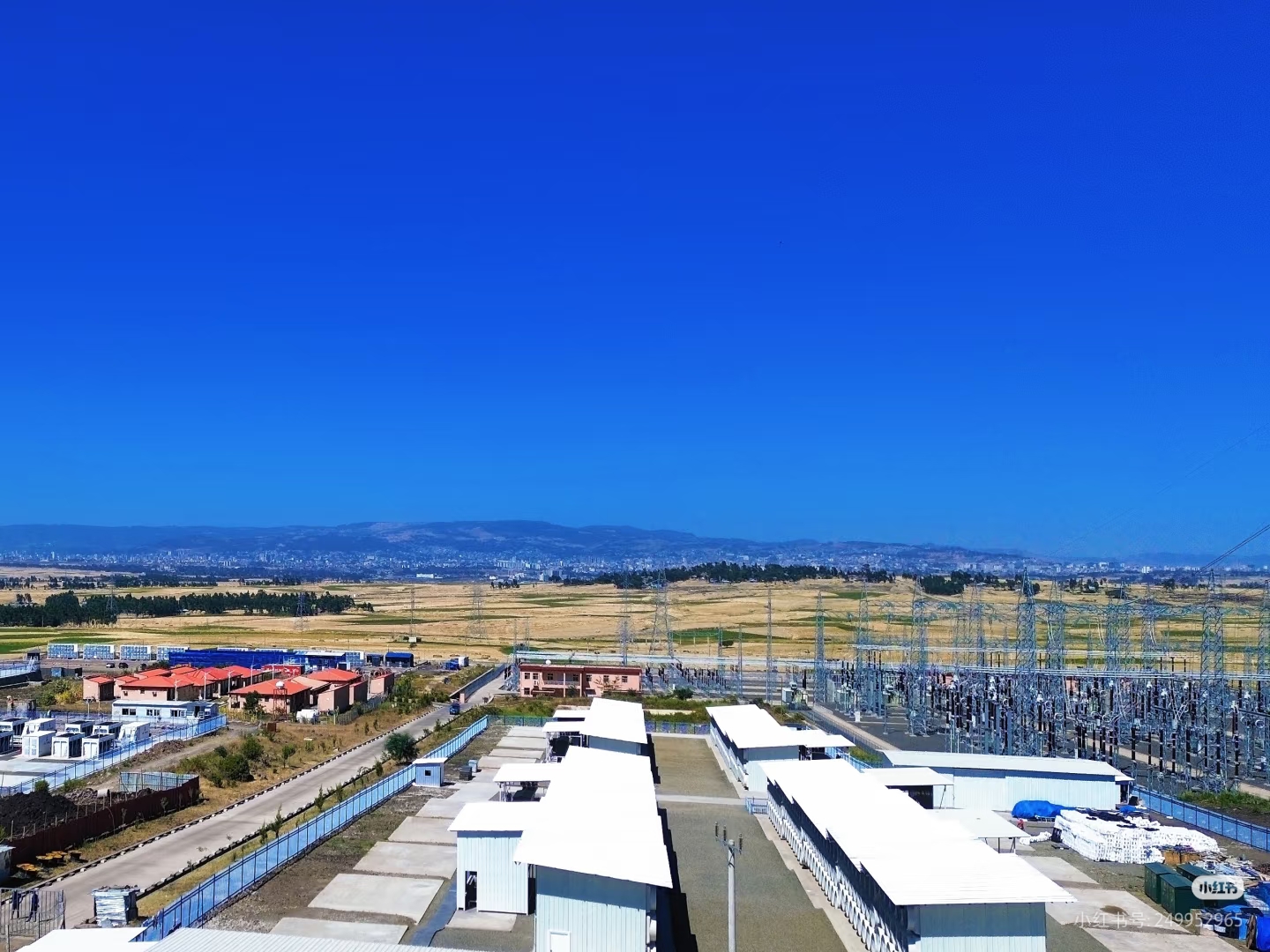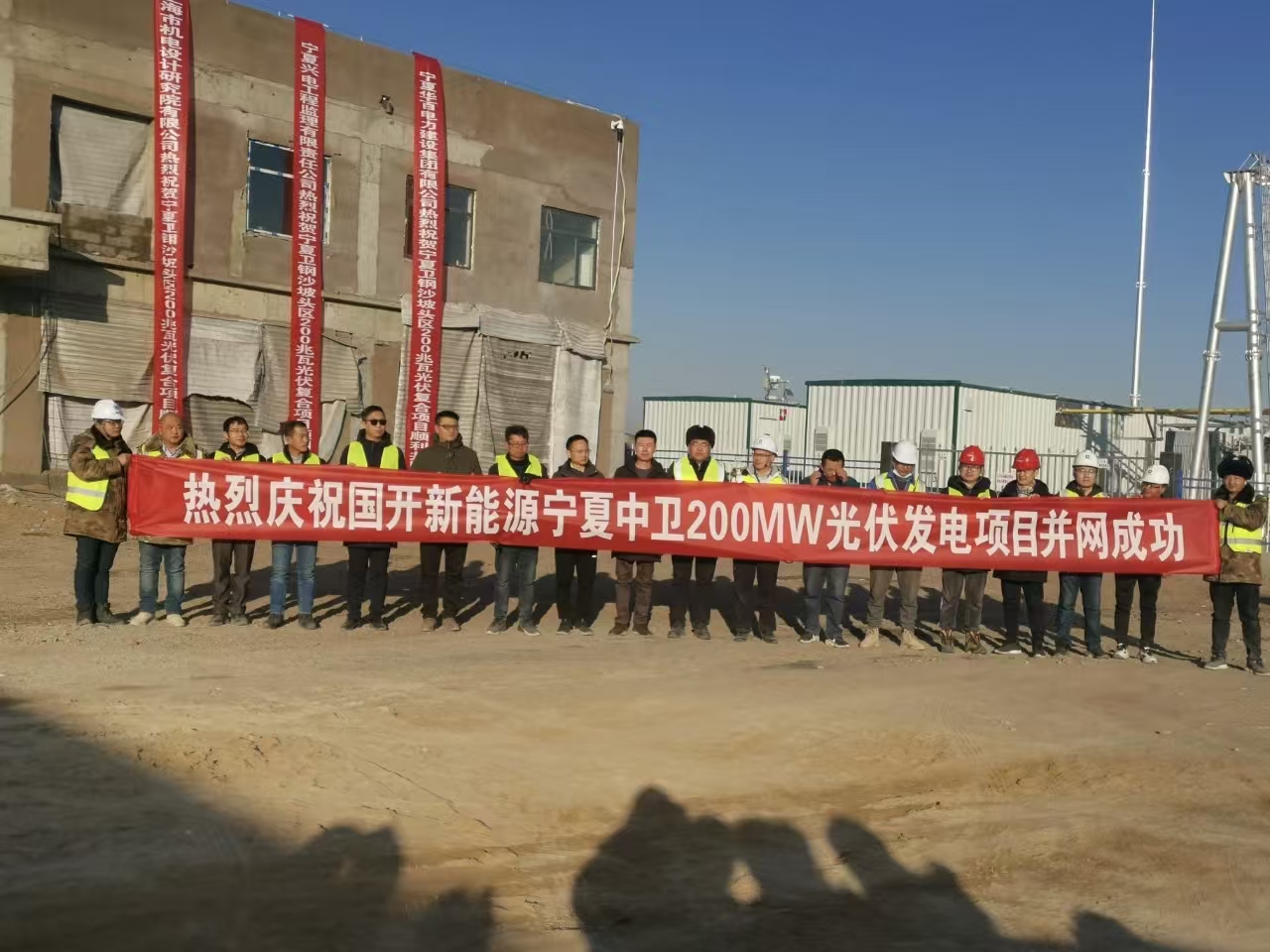The Rising Intersection of Renewable Energy and Cryptocurrency
As the demand for clean energy continues to grow, the idea of combining solar power plants with Bitcoin mining farms is transforming how we think about sustainability and digital finance. Both industries are energy-intensive, but when brought together, they can create a symbiotic relationship that benefits the environment, investors, and the global energy grid.
In this article, we’ll explore the many advantages of integrating solar energy with Bitcoin mining, from reducing carbon emissions to stabilizing energy costs and unlocking new opportunities for green innovation.

Understanding the Basics of Solar Power Plants
How Solar Energy Systems Work
Solar power plants capture sunlight using photovoltaic (PV) panels, converting it into electricity through the photovoltaic effect. The energy is then passed through inverters to produce alternating current (AC), which can be used to power homes, industries, or — in this case — Bitcoin mining machines.
Key Components: Panels, Inverters, and Storage Systems
A typical solar plant includes solar panels, inverters, batteries for energy storage, and monitoring systems. These elements work together to ensure efficient power generation and distribution, allowing for 24/7 mining operations even when sunlight isn’t available.

What Is a Bitcoin Mining Farm?
The Process of Mining: Energy and Computing Power
A Bitcoin mining farm is a large-scale facility filled with specialized computers (ASIC miners) that solve complex mathematical problems to validate blockchain transactions. This process, known as proof-of-work, consumes substantial amounts of electricity.
Environmental Impact of Traditional Mining Operations
Traditional mining farms often rely on fossil fuels such as coal or natural gas, which generate significant carbon emissions. The combination of solar energy with mining operations provides a clean, renewable alternative that addresses the industry’s most pressing sustainability challenge.
Why Combine Solar Power and Bitcoin Mining?
Addressing Energy Efficiency and Cost Issues
Electricity costs are one of the biggest challenges for miners. By tapping into solar power, mining operators can drastically reduce dependency on expensive grid power while improving operational efficiency.
Utilizing Excess Renewable Energy
Solar farms sometimes generate more energy than the grid can handle, especially during peak sunlight hours. Bitcoin mining acts as an ideal energy sink, consuming surplus electricity that would otherwise go to waste — turning potential energy loss into profit.
Top Benefits of Merging Solar Energy with Mining Farms
1. Massive Reduction in Carbon Footprint
Integrating solar energy can cut greenhouse gas emissions by over 90%, transforming Bitcoin mining from an environmental liability into a green innovation leader.
2. Energy Independence and Grid Flexibility
Solar-powered mining farms can operate independently from the traditional grid, making them more resilient to blackouts, price spikes, and power shortages.
3. Stable and Predictable Energy Costs
Solar installations have predictable, long-term energy costs. Once set up, operational expenses remain low, protecting miners from volatile energy markets.
4. Better Utilization of Remote or Idle Land
Solar farms and mining facilities can be built in remote or underutilized areas, turning barren land into productive energy-generation hubs.
5. Long-Term Profitability for Investors
Combining these two technologies offers dual revenue streams — income from cryptocurrency mining and savings from renewable energy generation.
Economic Advantages and Scalability Opportunities
Lower Operational Expenses (OPEX)
Solar power significantly reduces recurring energy costs, which represent up to 70% of total mining expenses. Over time, this leads to higher profitability.
Increased Return on Investment (ROI) for Green Projects
By integrating renewable infrastructure, mining companies can attract green investors and sustainability funds, boosting ROI and public trust.
Overcoming Challenges in Integration
High Initial Capital and Infrastructure Requirements
Building both solar power plants and mining facilities requires high upfront investment. However, falling solar panel prices and modular energy solutions are making these projects increasingly affordable.
Balancing Energy Supply and Demand
Energy storage systems and smart-grid technologies help balance fluctuating power supply, ensuring consistent mining performance.
Global Case Studies: Successful Solar-Powered Mining Farms
North America: Texas and Arizona Projects
Texas has become a hub for solar-powered Bitcoin mining, with companies like Riot Platforms and Blockstream leading the way.
Asia and the Middle East: Emerging Sustainable Mining Models
Countries like the UAE and Kazakhstan are exploring hybrid solar-mining operations to reduce fossil fuel reliance and attract foreign investment.
The Future of Sustainable Bitcoin Mining
Role of AI, Smart Grids, and Blockchain Innovation
AI-driven energy management systems will optimize when and how mining machines consume electricity, making operations even more sustainable.
Potential for Carbon Credits and Green Financing
Mining operations powered by renewable energy may qualify for carbon credits, further enhancing profitability and environmental impact.
FAQs
Q1. Can Bitcoin mining farms run entirely on solar energy?
Yes, with sufficient storage systems and sunlight availability, mining farms can operate fully on solar power.
Q2. Is solar-powered mining profitable?
Absolutely. Despite the initial investment, low operational costs and predictable energy prices make it highly profitable long-term.
Q3. How much can solar energy reduce mining costs?
Up to 70% of operational energy expenses can be reduced through solar power integration.
Q4. What are the biggest challenges of combining solar and mining?
High setup costs, land acquisition, and managing energy supply fluctuations are key challenges.
Q5. Are there any large-scale examples of this combination?
Yes. Several projects in Texas, Canada, and the UAE are already operating successfully.
Q6. Can this model be replicated globally?
Yes — especially in sun-rich regions like Africa, Asia, and the Middle East, where renewable potential is vast.






